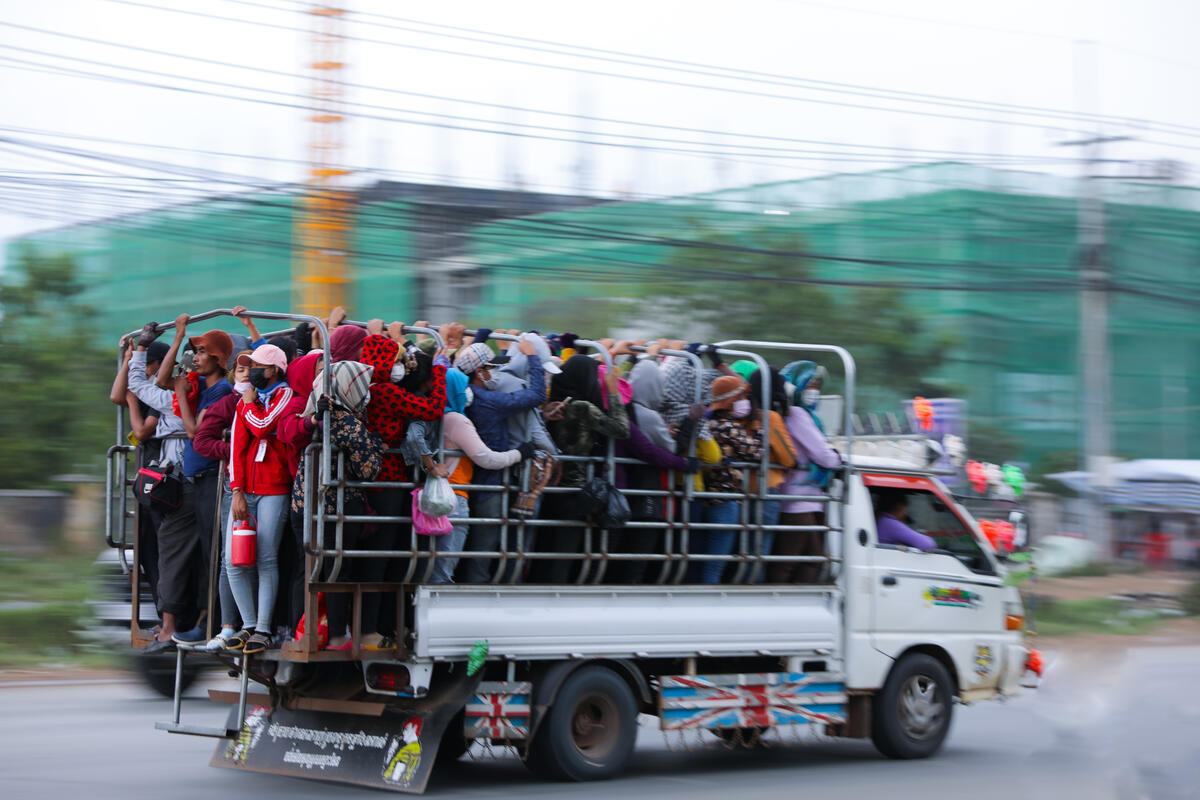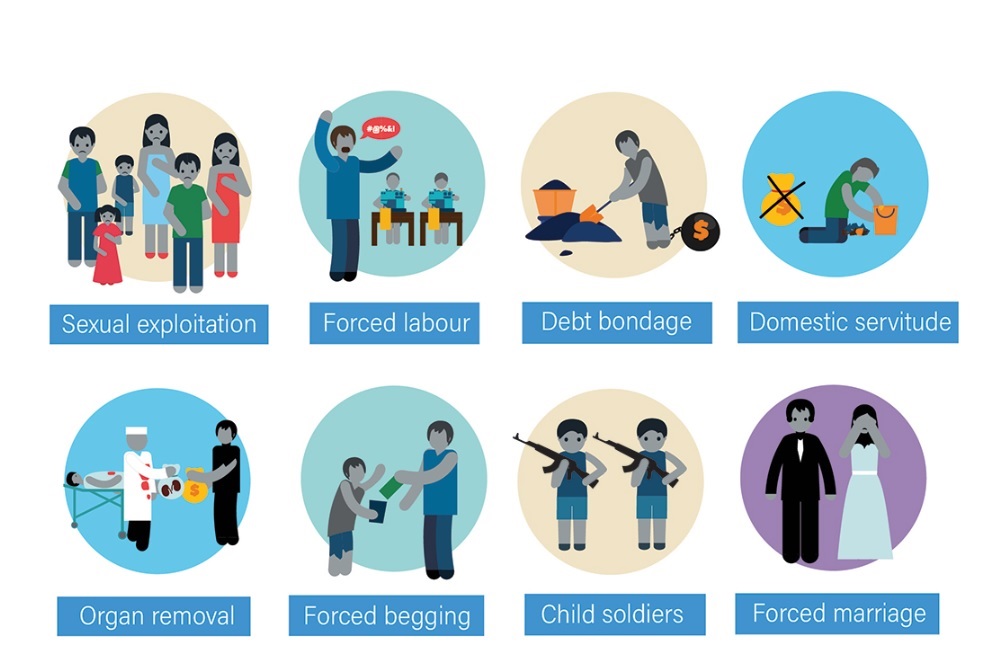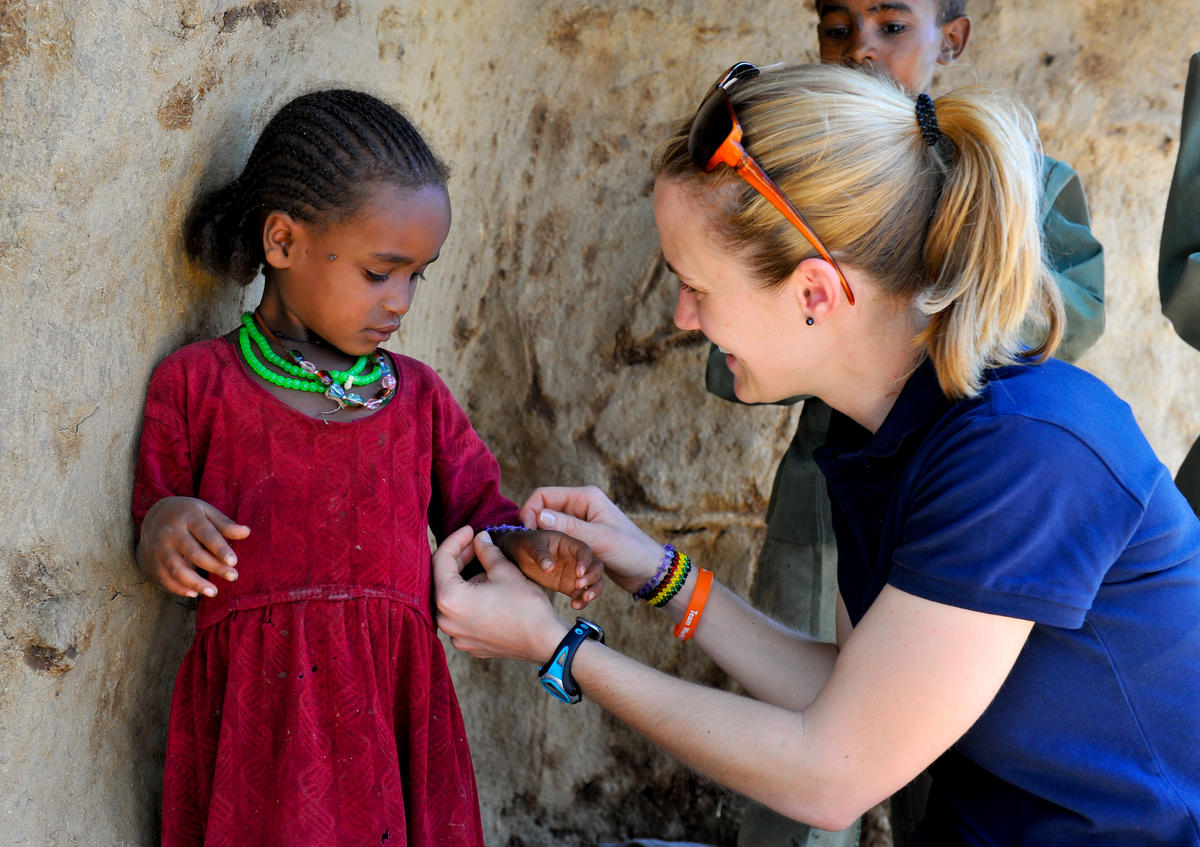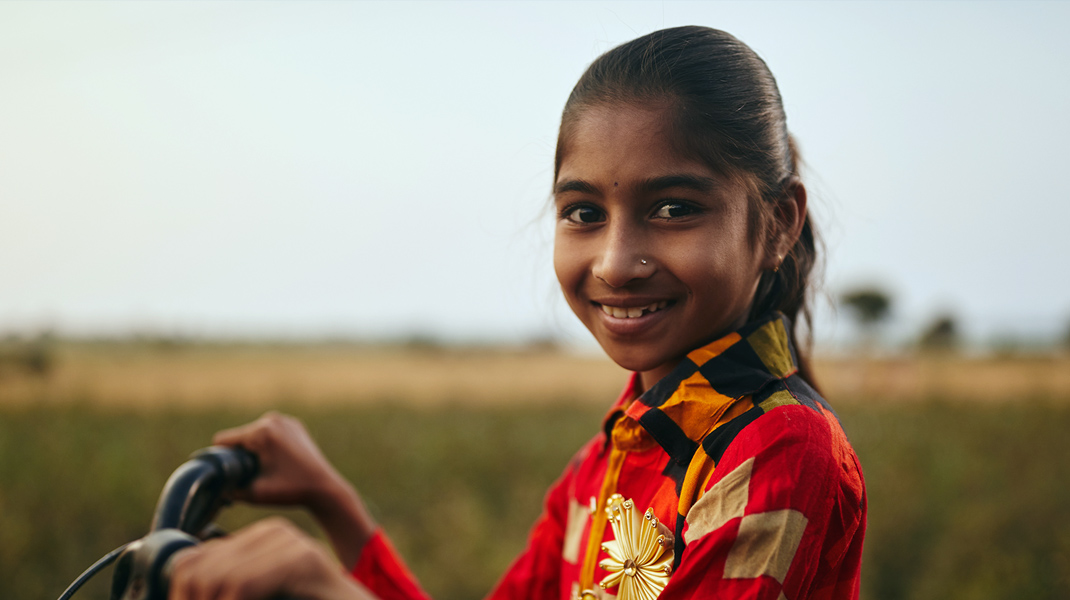Taken against her will
Still grieving, Thanh went back to work in China. She started making friends, and got invited to a birthday gathering by a young friend from home called Tua. Thanh and her new friend, Sang, got into a taxi recommended by Tua to make their way to a karaoke bar.
But it was a trap. The taxi left the girls on a dark, remote road where two men attacked them and forced them to go to a shack in the forest with two Chinese men.
According to their local police department, "Since 2017, there have been more than 300 reported missing people in [this] province, most of them women and girls suspected of being victims of human trafficking."
Thanh's traffickers waited for the highest bidder
For Thanh the nightmare continued. She was transferred from one place to another while her traffickers waited for higher bidders. She was told to follow orders or she’d be killed. After a month in captivity, a Chinese man offered to buy Thanh at 70,000 yuan (around USD 10,000) to be his wife.
Her new life consisted of working for her new husband’s field, doing house chores and taking care of his nine-year-old child. She couldn’t speak Chinese, making it difficult to communicate. One day, Thanh tried to escape, calling for a taxi to take her to the nearest police station. The taxi circled around for a while, and then brought her back to the house.
It turned out that the taxi driver was too familiar with girls like Thanh and didn't want to get in trouble with the traffickers. She felt like all her hopes were shattered by the failed escape. But she continued her persistent pleads and even starved herself in protest. She would say to her husband, "You can keep me here for now, but I will get out."
Eventually the Chinese man gave in and called the police for her.
Child Sponsorship protects children from harm
For girls like Thanh, returning home after surviving the exploitative conditions of human trafficking can be tough. But thanks to World Vision Vietnam, Thanh enrolled in a programme and received materials to build a house close her family in Vietnam, making it easier to co-parent her sons.
Through Child Sponsorship, you can protect children from the worst poverty, abuse and exploitation, including human trafficking. World Vision works with communities to provide the essentials children need to build a better future, such as education, nutritious food, healthcare, clean water and life-skills training.
Find out more about how sponsoring a child works with World Vision below.







